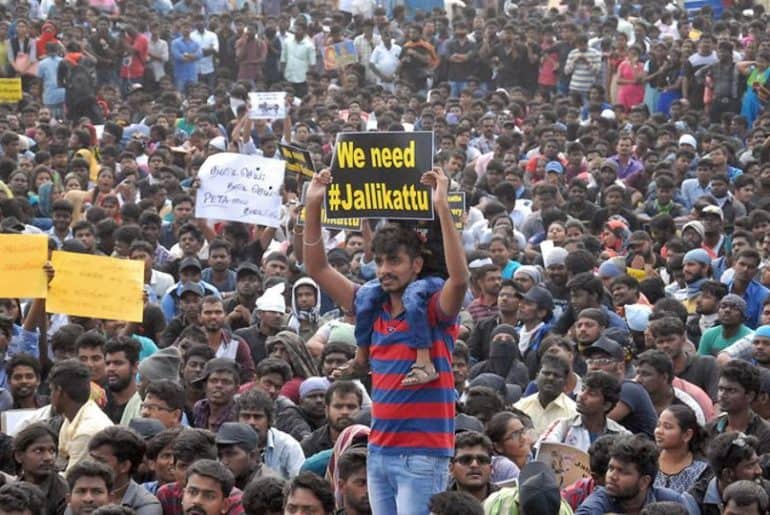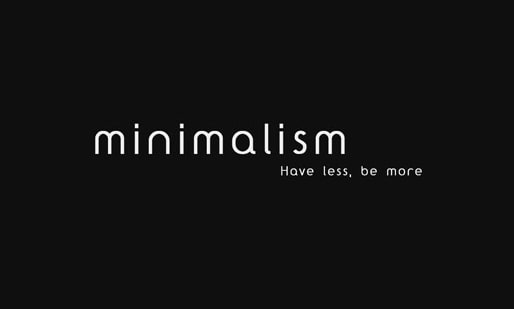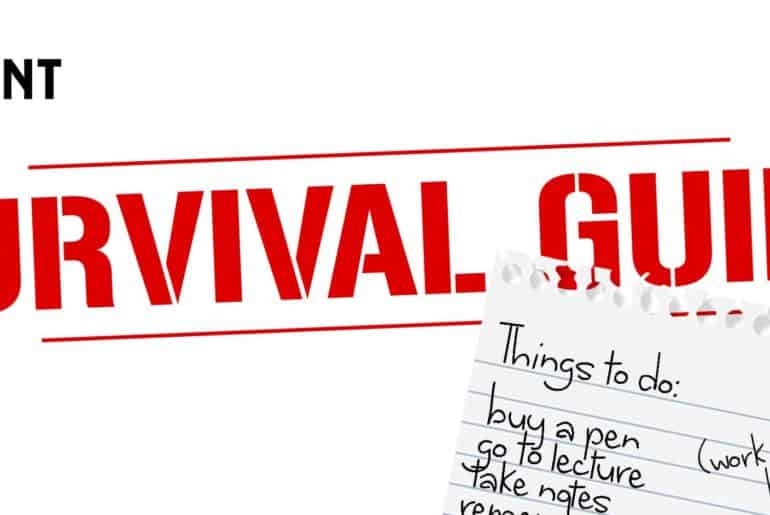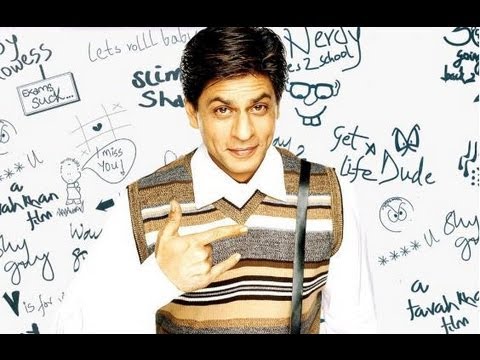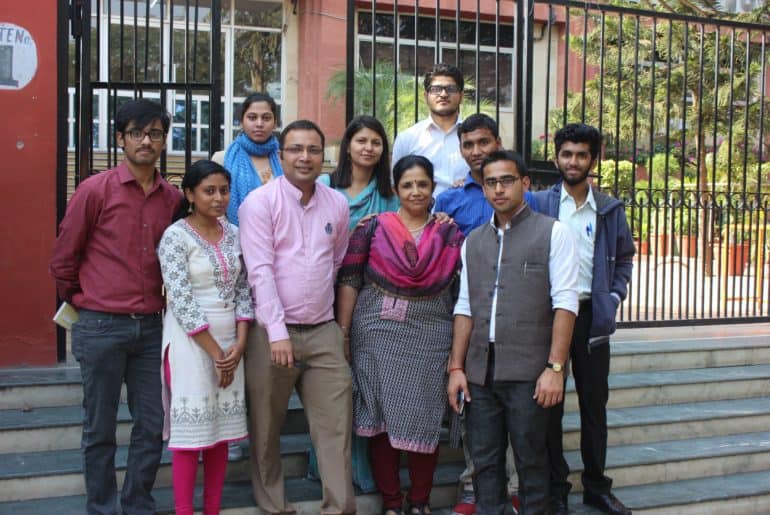Sneaking into someone’s personal diary or letters is a temptation we all succumb to, so when it comes to epistolary novels one simply cannot resist. They are intimate, vivid, honest, and raw and seep secrecy. In case you haven’t tread this territory of literature, we have listed 10 epistolary tales worth reading.
1. The White Tiger is 2008 Man Booker Prize-winning novel by Indian author Aravind Adiga. The book is in form of letters that the protagonist Balram Halwai addresses to the Chinese Premier, Wen Jiabao. In his letters, Balram explains how he, the son of a rickshaw puller, escaped a life of humiliating servitude and eventually become a successful businessman. The book is laced with dark humour and the themes of individualism, globalisation, caste and class struggle run in the background.
Quote- “See, the poor dream all their lives of getting enough to eat and looking like the rich. And what do the rich dream of? Losing weight and looking like the poor.”
2. The Color Purple is 1983 Pulitzer Prize winning novel by American author Alice Walker . The novel is set mostly in rural Georgia during 1930’s. It is narrated by an uneducated 14-year-old girl Celie. Celie lives in an abusive household, where her father, Alphonso, beats and rapes her. As a refuge, she writes letters to God. These letters focus on the life of African-American women in the southern United States in the 1930s and highlight numerous issues such as sexism and racism and Women’s rights. In 1985 directed by Steven Spielberg adapted this novel into a period drama film.
Quote- “All my life I had to fight. I had to fight my daddy. I had to fight my brothers. I had to fight my cousins and my uncles. A girl child ain’t safe in a family of men. But I never thought I’d have to fight in my own house. She let out her breath. I love Harpo, she says. God knows I do. But I’ll kill him dead before I let him beat me.”
3. Daddy-Long-Legs is a 1912 epistolary novel by writer Jean Webster. The novel consists of letters that the protagonist, a young girl named Jerusha “Judy” Abbott, writes to her benefactor, throughout her college years. Judy had never seen her benefactor, but she did see his shadow through which all she could gather was that her benefactor has very long legs, hence she started addressing the letters to “Daddy Long Legs”.
Quote– “It isn’t the big troubles in life that require character. Anybody can rise to a crisis and face a crushing tragedy with courage, but to meet the petty hazards of the day with a laugh – I really think that requires spirit. It’s the kind of character that I am going to develop. I am going to pretend that all life is just a game which I must play as skillfully and fairly as I can. If I lose, I am going to shrug my shoulders and laugh – also if I win.”
4. Diary of a Wimpy Kid is a series of fiction books written by the American author and cartoonist Jeff Kinney. All books are basically journals of the main character, Greg Heffley. The lighthearted and funny books are filled with hand-written notes and simple drawings of Greg’s daily adventures.
Quote- “The only reason I get out of bed at all on weekends is because eventually, I can’t stand the taste of my own breath anymore.”
5. The Perks of Being a Wallflower is a coming-of-age epistolary novel by American writer Stephen Chbosky . The novel is set in 1990’s and the story is told via a series of letters that Charlie, the narrator, sends to a stranger, through his freshman year of high school in a Pittsburgh suburb. Charlie chooses that person because he said that he heard the person was nice and nonjudgmental. Charlie is introvert, intelligent and suffers from some mental illness which assumingly occurred after his favourite aunt’s sudden death and his best friend’s suicide.
Quote- “We accept the love we think we deserve.”
6. The Catcher in the Rye is a 1951 novel by J. D Salinger. The book is in form of an interior monologue where Holden Caulfield, a teenager from New York City, describes and provides commentary on the events and people in his life· Holden’s attitude is that of cynicism, bitterness, and nostalgic longing. Ever since the release of the novel protagonist Holden Caulfield has become an icon for teenage angst and alienation. The novel deals with complex issues of innocence, identity, belonging, loss, and connection. The Catcher in the Rye was the most censored book in high schools and libraries in the United States between 1961-1982. Today it is considered a cult classic.
Quote- “I am always saying “Glad ‘ve met you” to somebody I’m not at all glad I met. If you want to stay alive, you have to say that stuff, though.”
7. The Diving Bell and the Butterfly is a memoir by journalist Jean-Dominique Bauby. It chronicles his life after suffering a massive stroke that left him with locked-in syndrome. Bauby, the editor-in-chief Elle magazine, suffered a stroke and was physically paralysed. Though there remained some movement in his head and eyes. The entire book was written using partner assisted scanning which basically involves a transcriber which repeatedly recites French alphabets and the other person blinks to choose the letter and hence slowly forming proper words. This book was created out of the gruelling labour and extraordinary dedication.
Quote- “I need to feel strongly, to love and admire, just as desperately as I need to breathe.”
8. The Curious Incident of the Dog in the Night-Time is a mystery novel by British writer Mark Haddon written in 2003. The story is told though a 15-year-old Christopher John Francis Boone, who describes himself as “a mathematician with some behavioural difficulties”. The book uses prime numbers to number the chapters, rather than the conventional successive numbers. To know why to read the book.
Quote- “Sometimes we get sad about things and we don’t like to tell other people that we are sad about them. We like to keep it a secret. Or sometimes, we are sad but we really don’t know why we are sad, so we say we aren’t sad but we really are.”
9. The Bell Jar is the sole novel written by writer and poet Sylvia Plath. It was originally published under the pseudonym “Victoria Lucas”. The novel is semi-autobiographical, with the names of places and people changed. It examines the life of 19-year-old Esther Greenwood who recounts her life from the breakdown she experiences to the beginnings of her recovery period. The Bell Jar also deals with questions of identity and societal pressure to maintain certain qualities, especially in the context of women. Plath committed suicide a month after its publication in 1963.
Quote- “But when it came right down to it, the skin of my wrist looked so white and defenceless that I couldn’t do it. It was as if what I wanted to kill wasn’t in that skin or the thin blue pulse that jumped under my thumb, but somewhere else, deeper, more secret, and a whole lot harder to get.”
10. The Diary of a Young Girl (also known as The Diary of Anne Frank) is a book (personal dairy) which was written by Anne Frank while she was in hiding for two years, from 1942-1944, with her family during the Nazi occupation of the Netherlands. This work is the most famous and private account of the Holocaust.
Quote- “You can be lonely even when you are loved by many people since you are still not anybody’s one and only.”
Feature Image: Bustle
Niharika Dabral
[email protected]








